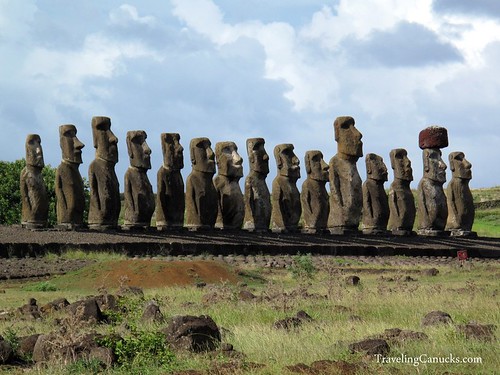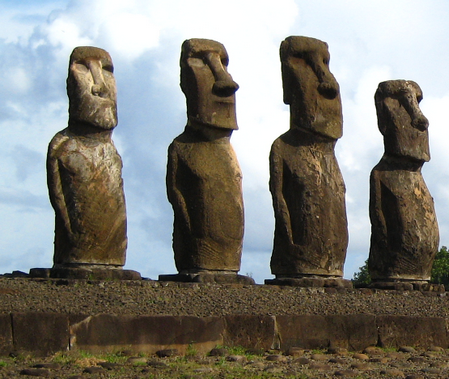The Easter Island Statues
The Easter Island is one of the most isolated pieces of land in the world. This volcanic island in the South Pacific has its nearest neighbors, Chile and Tahiti, 2000 miles away. If you are from North America, you have to take an airplane, another aircraft, and a boat to see the famous Easter Island statues.
Natives of the island call their home Te Pito O Te Henua or Navel of the World. The Dutch explorer, Admiral Roggeveen, discovered the island in 1722 during Easter and thus named it Easter Island. Today, Rapa Nui is a collective term to define the island, its inhabitants, and their language.
Discovering the Island
The Easter Island sculptures are the center of attention when one visits the island. The best way to discover them among other interesting things is by hiking or a short taxi ride.
The Easter Island is also known for the beautiful stone statues call “moai” which is made of volcanic rock. There are nearly 1,000 stone statues within Easter Island and the purpose of the statues is a mystery and perhaps it represents the gods or the early ancestors. The biggest moai is says to be 10 meters tall and weight around 75 tons.

For 50 years, archaeologists assumed that the 800-year-old road network on Easter Island was used to transport the mysterious moai. But new fieldwork from UK researchers shows that the roads were mostly ceremonial. How did those blockheads get there?

In 1958, Thor Heyerdahl of Kon-Tiki fame posited that the roads on Easter Island were used for transportation, and that knocked-over statues next to the road were abandoned by their ancient Polynesian builders. Researchers from University College London and The University of Manchester have however discovered stone platforms that correspond with the fallen statues.

Stone Statues (Moai)

Did the inhabitants of the island do that or did space aliens leave the statues as a marker















No comments:
Post a Comment